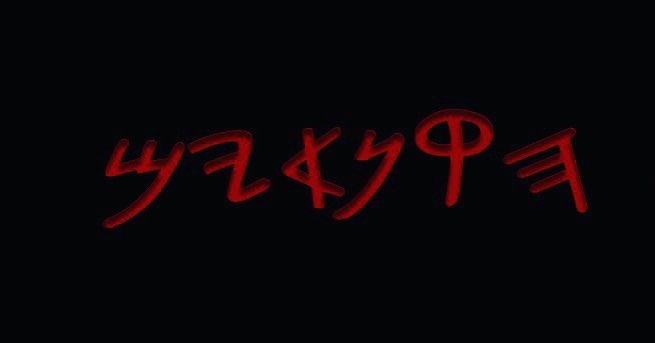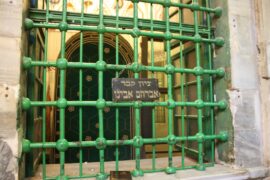It was on the seventeenth day of the Hebrew month of Tammuz that Roman forces broke through the walls of Jerusalem, eventually crushing the Jewish revolt, destroying our Temple, smashing our national framework and displacing us from our land.
The fact that Jews, no matter where in the world, have spent the last 1,950 years fasting on the day the Romans broke through Jerusalem’s walls, refraining from food or drink until sundown, speaks volumes about the power of our identity and collective memory.
To add meaning to the fast, it’s worth learning about Israel’s Great Revolt against Rome, as well as the Zealot movement that led the struggle for freedom. The Zealot movements comprised the adherents of what the historian Josephus Flavius (or Yosef ben-Matityahu) refers to as the “4th philosophy.” The movement, primarily led by students of the house of Shammai, were panentheist rebel fighters who believed that Israel’s historic mission required them to liberate Judea from foreign rule.
Within the Zealot movement were rival rebel factions. One leading faction, almost exclusively comprised of lower class Kohanim (priests), called itself the Zealot party (causing much historical confusion). One of the first steps taken by the Zealot party when the revolt began was to burn down the hall where records of debts were kept, essentially freeing the country’s poor.
Members of another well-known guerrilla faction, the Sicarii, were considered the ideological purists of the Zealot movement, with a dynastic leadership from the family of Rabbi Yehuda HaGlili – founder of the 4th Philosophy.
The Sicarii are best known for conquering the mountain fortress of Masada and for their eventual mass suicide rather than be taken alive by Rome. Professor Joseph Klausner of Jerusalem’s Hebrew University understood the Sicarii as proto-communist Jewish rebels.
Although the various rebel factions comprising the broader Zealot movement were fighting class struggles alongside their national struggles for independence, and would certainly have fit into the Leninist definition of an oppressed people’s liberation movement, it would be incomplete and inaccurate to understand the Jewish people’s efforts to attain freedom in our homeland solely through the prism of revolutionary theory.
Marxist analyses generally tend to presuppose European models of history and experience that downplay the more unique aspects of Hebrew civilization, as well as the significance of Jewish identity among agents of social change and revolution.
Jews are also unique in history in that we are the only ancient people that was crushed and displaced to several parts of the world yet managed to maintain our unique identity, reunite in the original homeland we were displaced from and regain political independence roughly 2,000 years later (largely with the help of colonialist tools, leading to so much current internal and external confusion).
Jewish liberation must be linked to the traditions and values of the Hebrew tribes, as well as the unique experiences of Jews both at home and in foreign lands. Any valid scientific analyses of Jewish identity or history must be careful to incorporate all of the above.
Following their brutal defeat by Rome, the Zealots who survived the empire’s massacres went deep into hiding. They were publicly disavowed by many of Israel’s leading sages, who were justifiably careful not only to avoid antagonizing the Romans but also to create the impression that the rebels didn’t represent mainstream Hebrew thought.
But the Torah of the Zealots, although largely inaccessible to the masses since the destruction of Jerusalem, continued to clandestinely live on through the teachings of Rabbi Shimon bar-Yoḥai and subsequent giants throughout Israel’s exile. These include Rabbi Yehuda HaLevi, the Ramban, the Maharal, the Ramḥal, the Vilna Gaon, Rav Kook and many others.
The Zealot movement also found practical expression over the centuries through several daring attempts to restore Hebrew independence to Palestine, until 20th century Jewish rebel fighters succeeded in defeating the British Empire and restoring freedom to the land and children of Israel. And then in 1967, following the Jewish return to Jerusalem in the Six Day War, the Torah of the Zealots began to once again spread throughout Israel.
But the reestablishment of Hebrew sovereignty in Eretz Yisrael didn’t close the curtain on the drama of Jewish history. There’s still a long road ahead.





